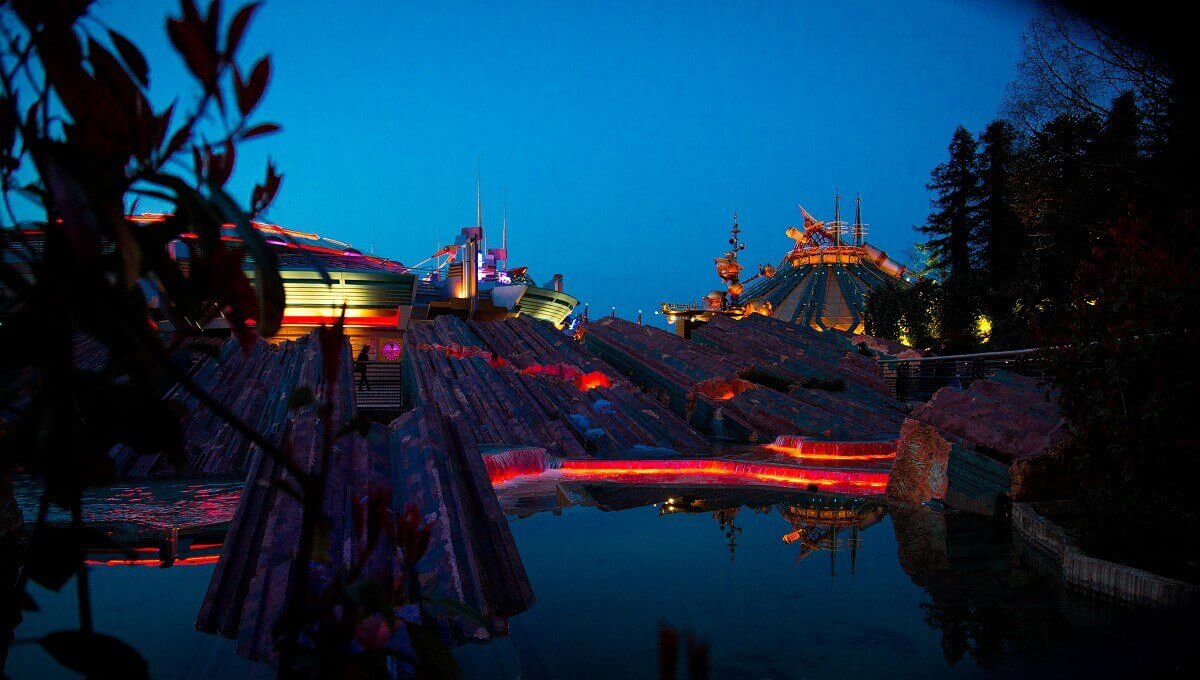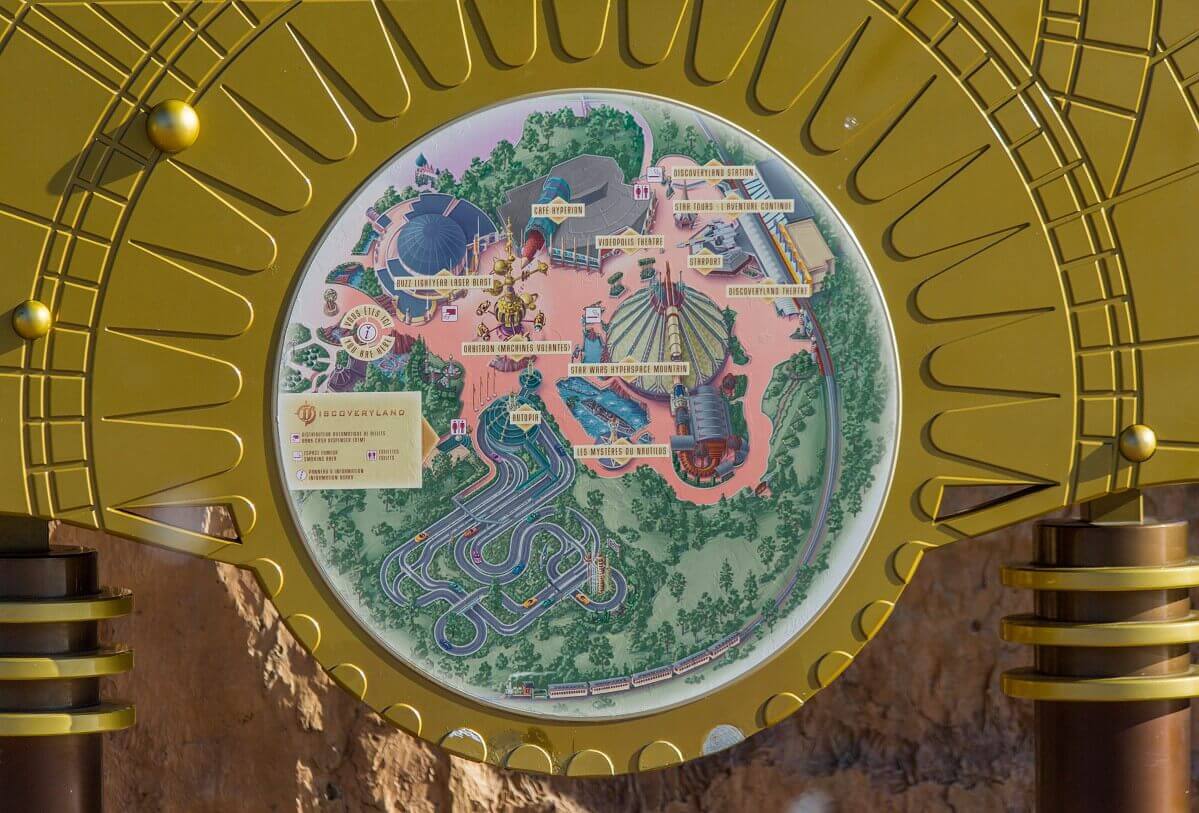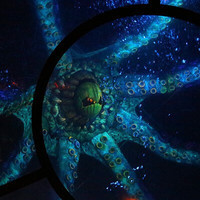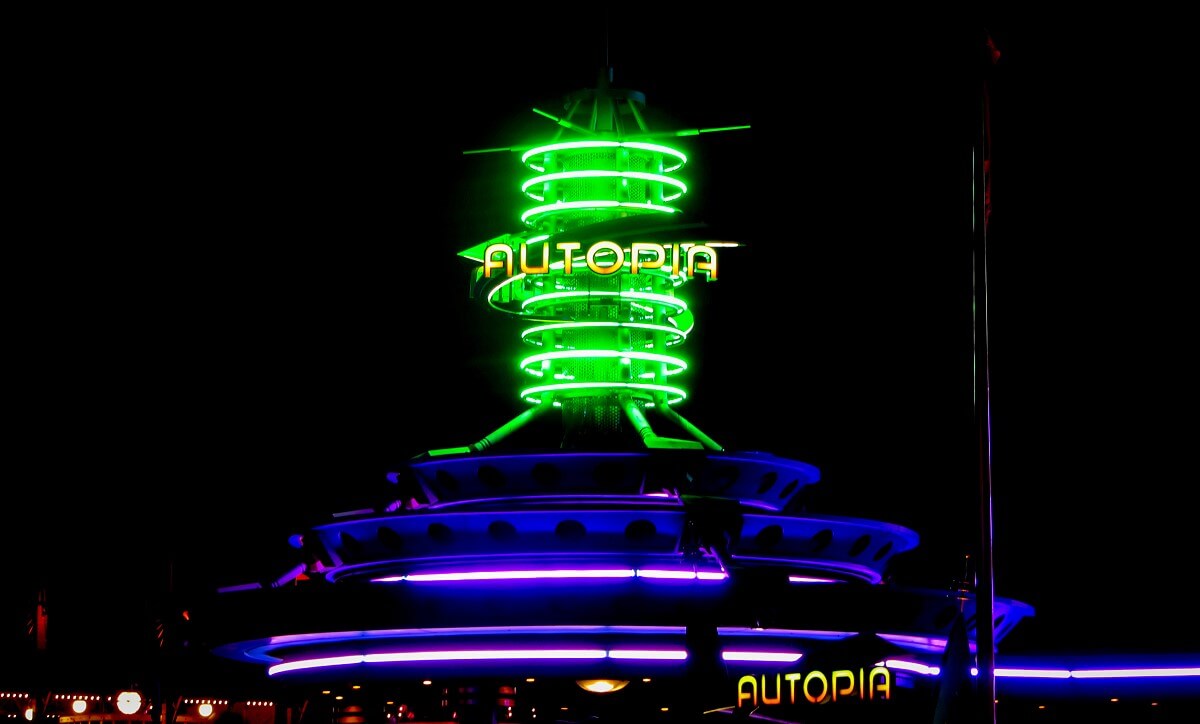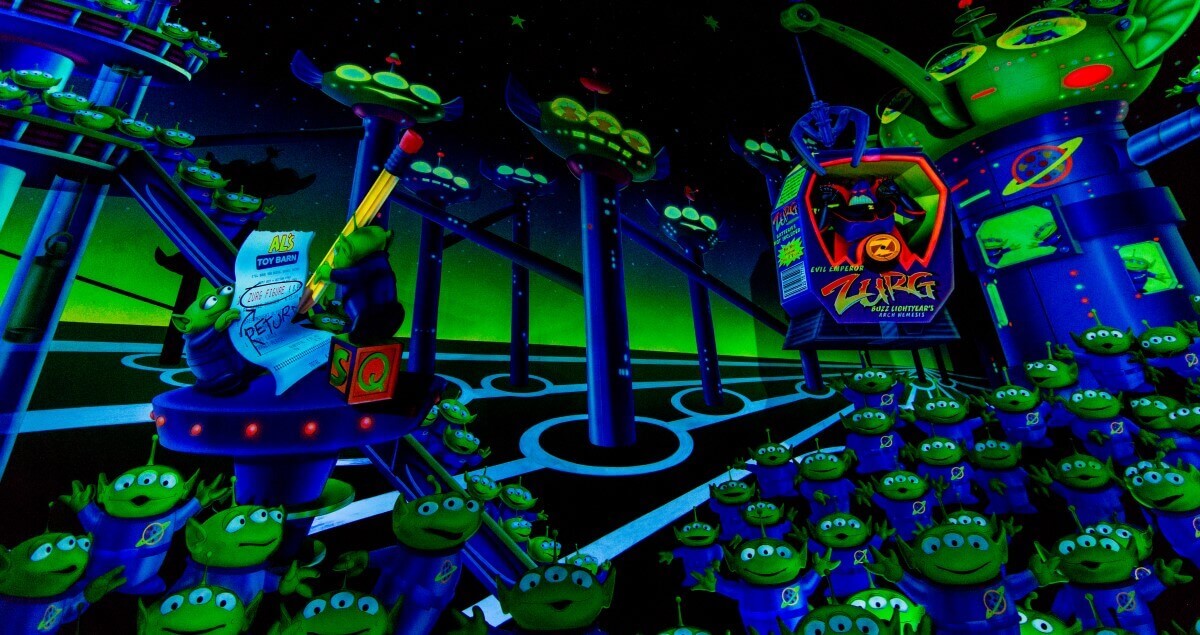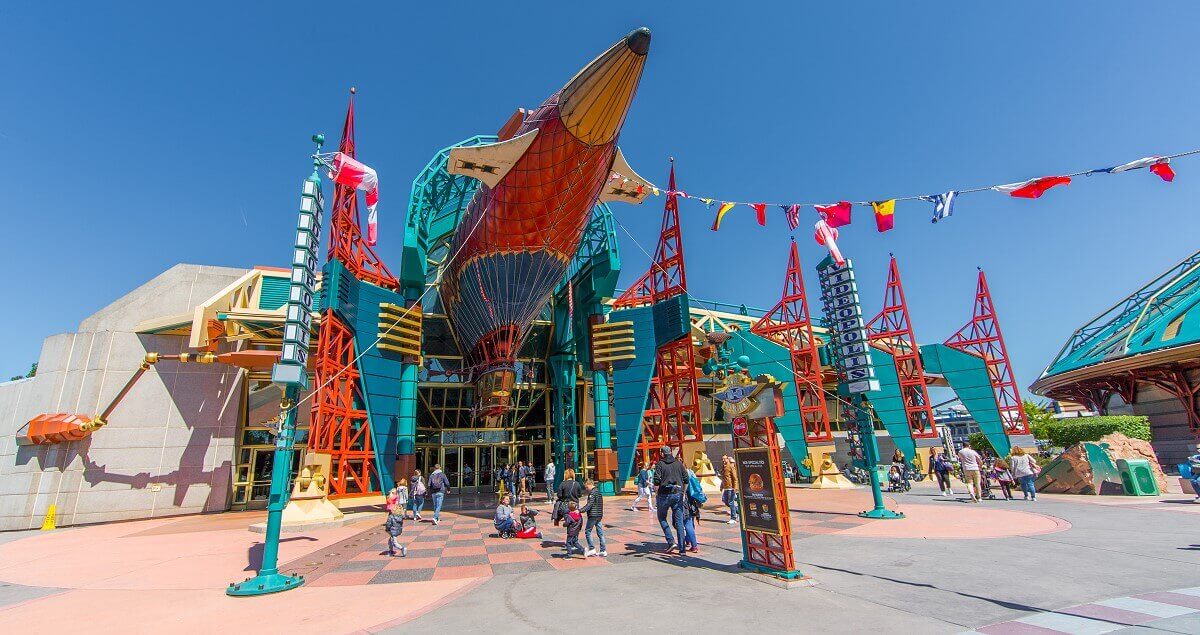Step into the future! Discoveryland at Disneyland Paris invites you on a journey into the world of tomorrow and the day after. Not like we imagine future today, but like it was imagined by the great visionaries of the 19th and early 20th century. It's all about yesterday's visions, or even the day before yesterday, about the imaginations of some of the greatest visionaries in European history. Discoveryland takes up many of these long-cherished dreams of mankind: time travel, flying, submarines and the exploration of space are the focus here. The famous French writer Jules Verne, to whom the Disney Imagineers created a monument with the attractions Nautilus, Visionarium and Space Mountain, is the center of this themed land. The reason why the Imagineers opted for a completely different approach for this themed land is quite obvious: Many current versions of the future are extremely fascinating and futuristic at the moment, but due to the rapid progress in technology, they are quickly outdated and hardly impressive tomorrow. Therefore, Discoveryland in Paris should become a themed land out of time, designed according to the visions of such creative minds as Jules Verne, Leonardo da Vinci and H.G. Wells: the creators of timeless visions of the future. However, Discoveryland has changed significantly over the years. Some popular attractions have been closed or changed significantly. Unfortunately, this change also means turning away from the original concept of the big visions of the future, to a colorful juxtaposition of different science fiction elements. Jules Verne, H.G. Wells and Leonardo da Vinci are gradually being sidelined, but more modern visionaries, such as George Lucas with Star Wars, are gradually coming to the fore. Not to be forgotten: the well-known Space Ranger Buzz Lightyear, which is known to every child today and should therefore not be missing in Discoveryland.
Discoveryland also has more down-to-earth visions of the future, for example in the form of the Autopia attraction. Here you can experience the dream of mobility, as it was often dreamed of in the 1950s and 1960s, especially in the USA.
All these different realizations of science fiction visions find their place here in a small space and have their reason for being. Why? Quite simply: Where would we be today without yesterday's inspiration and where will the future take us without today's visions?
Some things may seem absurd, but how did people think about flying in the Middle Ages? Was it really once in the realm of imagination to reach the moon? Hardly, why shouldn't it be possible that one day we can actually take manned flights into the depths of space or make friends with other life forms?! Not to forget: Walt Disney himself was a visionary, perhaps in a different way than Jules Verne or Leonardo da Vinci, but without him our present would look very different. So it seems only logical that the future and the big dreams of mankind are made available in every Disney Resort in the world. You can look forward to what the future will bring and until then you can embark on a futuristic journey.







